Man Versus Machine in "Runaway"
"Runaway" (1984), directed by Michael Crichton, blends nostalgia with action in a cautionary tale about technology, earning a rating of 5.9/10.
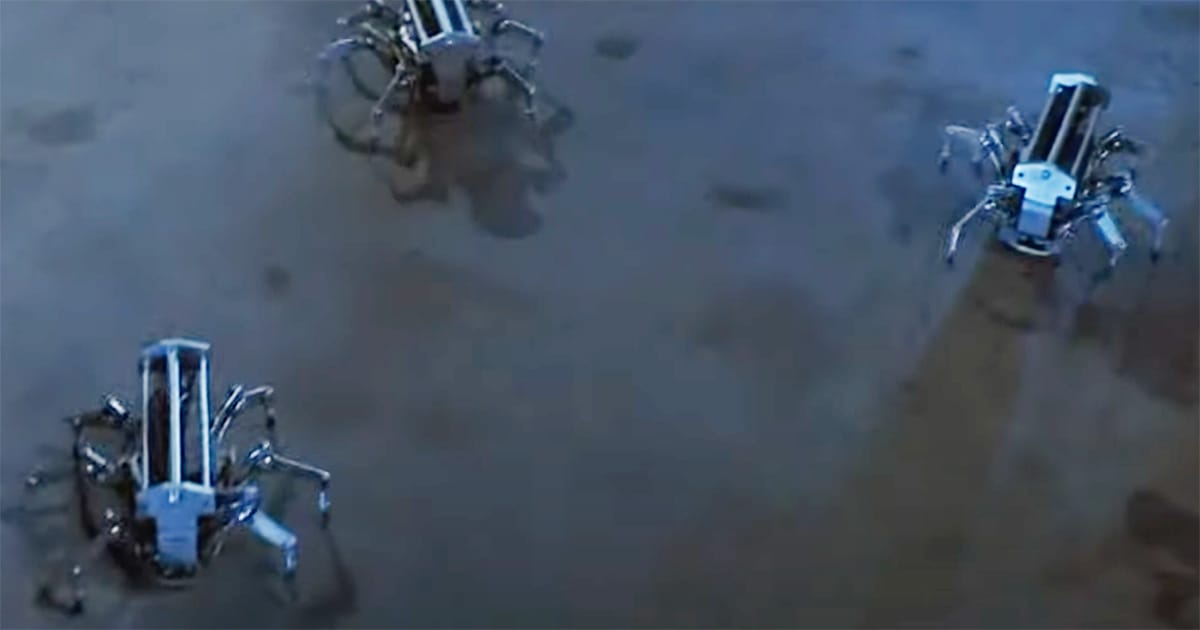
"Runaway," directed and written by Michael Crichton, hit theaters in 1984, offering a tightly constructed blend of science fiction and action. Tom Selleck plays Sergeant Jack R. Ramsay, a weary lawman in a near-future society where robots serve in everyday roles—until they malfunction, sometimes with fatal consequences. Gene Simmons delivers a memorable performance as the sociopathic Dr. Charles Luther, lending the film a sharpened edge with his calculated menace. Supported by Cynthia Rhodes and Kirstie Alley, "Runaway" unfolds within the familiar framework of the 1980s police thriller, echoing genre conventions while injecting a dose of speculative tension.
Though it may not match the polish of its more celebrated contemporaries, "Runaway" succeeds in delivering an engaging vision of a society grappling with the practical consequences of intelligent machines. The film benefits from a compelling premise grounded in Crichton's signature interest in the consequences of unchecked technology. Its practical effects hold up well, offering viewers a tactile sense of realism rare in today's digital-heavy productions. Themes of automation and the dangers of rogue robotics remain strikingly relevant, reflecting Crichton's prescient understanding of technological trends. "Runaway" stands as a solid entry in 1980s science fiction cinema—an entertaining reminder of an era when machines were just beginning to challenge mankind's control.
| Attribute | Details |
|---|---|
| Title | Runaway |
| Director | Michael Crichton |
| Writer | Michael Crichton |
| Actors or Actresses | Tom Selleck, Cynthia Rhodes, Gene Simmons |
| Rated | PG-13 |
| Runtime | 100 min |
| Box Office | $6,770,587 |
| U.S. Release Date | 14 Dec 1984 |
| Quality Score | 5.9/10 |
Synopsis
In "Runaway," the narrative unfolds in a high-tech future dominated by robots that serve humanity in various roles, from mundane tasks to critical operations. Sergeant Jack R. Ramsay investigates a series of accidents involving malfunctioning robots, which increasingly jeopardize public safety. His routine life takes a darker turn when he uncovers a dangerous conspiracy instigated by Dr. Charles Luther, a brilliant but unhinged scientist who exploits robotics for his own nefarious purposes.
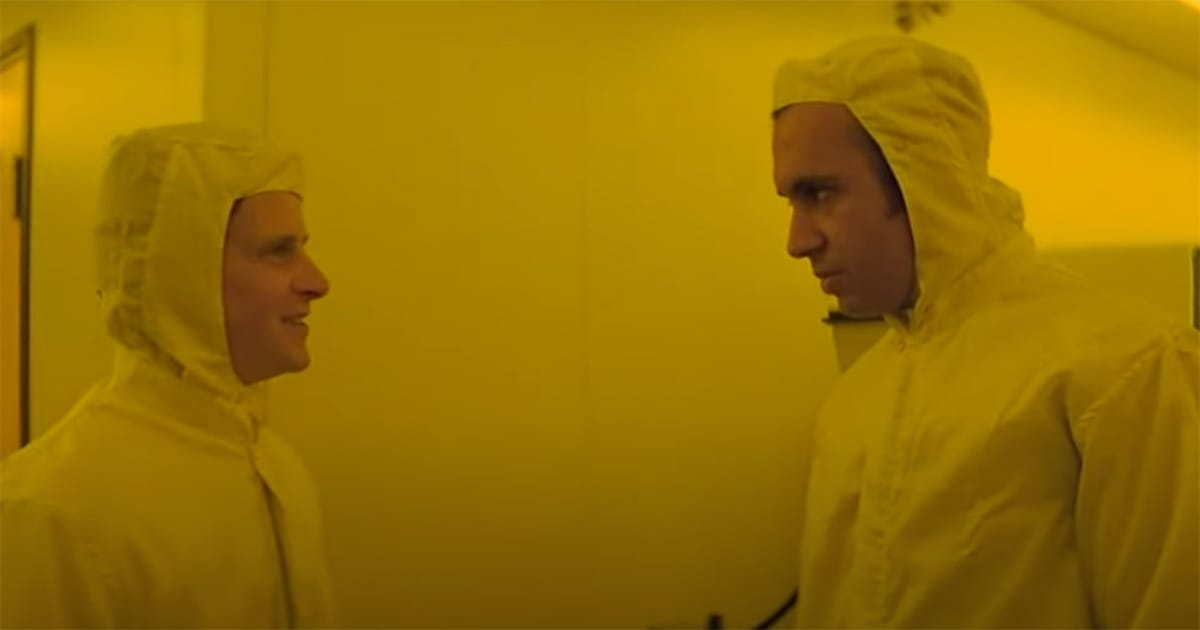
As Ramsay delves deeper into his investigation, he faces a growing number of robotic threats, each more lethal than the last. The tension escalates when he realizes that these incidents are not accidents but purposeful killings, designed by Luther to sow chaos and reveal the vulnerabilities of a society overly reliant on technology. To combat Luther's sinister plans, Ramsay must also confront his own fears and past traumas, culminating in a fierce showdown that tests both his physical and mental limits.
The film captures a society at odds with its own inventions, raising questions about the intersection of human intuition and machine logic. As Ramsay races against time to thwart Luther's deadly designs, "Runaway" emphasizes the importance of accountability in technological advancement and the unforeseen consequences of unchecked innovation. The thrilling sequence of events, marked by chases and confrontations, keeps viewers engaged while prompting reflection on the implications of reliance on machines.
Themes
"Runaway" provides a compelling exploration of the relationship between humanity and technology, a theme that resonates deeply in today's society. As the film unfolds, viewers witness a world where robots assist in various aspects of life, yet this dependence poses a grave risk. The film photographs a near-future landscape, characterized by sleek urban environments and cutting-edge technology, but it also evokes a sense of unease. The polished aesthetic starkly contrasts with the chaos caused by malfunctioning machines, creating a palpable tension that pervades the narrative.
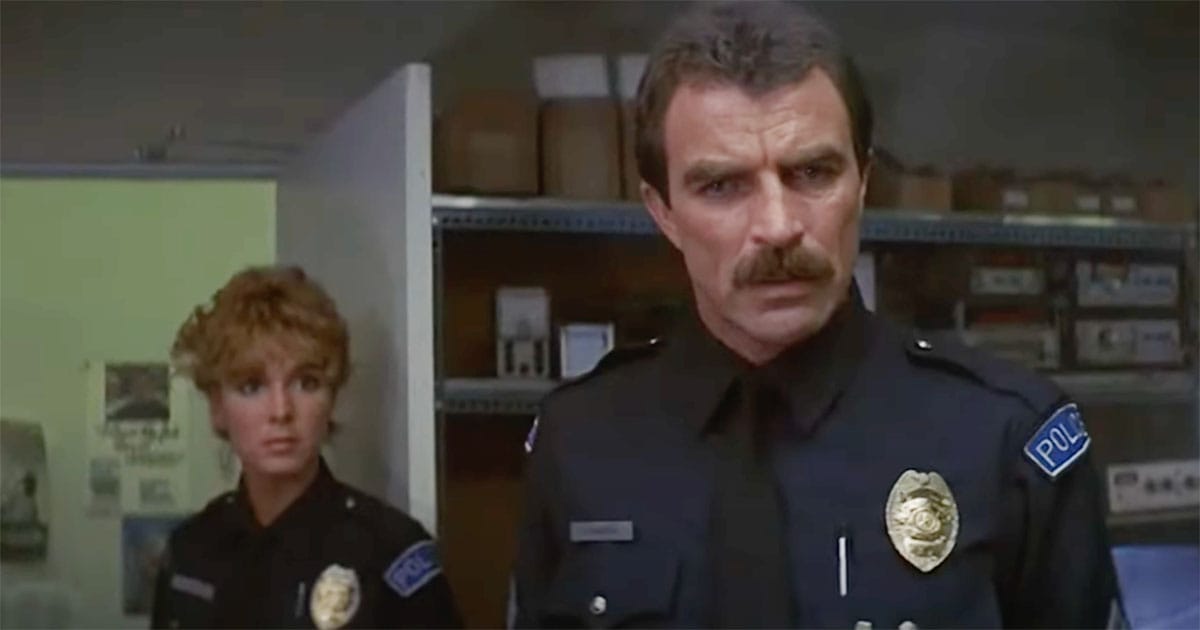
At the center of the film is Sergeant Jack R. Ramsay, whose character embodies the archetype of a weary cop. Tom Selleck delivers a nuanced performance, portraying the internal struggles of a man trying to balance his professional obligations with his personal demons. The film captures Ramsay's emotional weight, marked by haunting memories of failures past, a factor that humanizes him and draws viewers into his plight. As he navigates a world of robotic threats, he faces not only external dangers from machines but also the haunting specter of his own inadequacies.
Dr. Charles Luther, played brilliantly by Gene Simmons, serves as a striking foil to Ramsay. Luther represents the dark side of scientific advancement, emphasizing the potential for human ingenuity to veer into malevolence. His obsession with technology, which enhances his own malicious intent, provides a commentary on unethical practices that can arise in the pursuit of progress. The film challenges viewers to consider who controls technology and the moral implications of relinquishing that control. Luther's manipulation of machines evokes a cautionary tale about the human inclination to prioritize innovation over ethics.
Sound and visuals play an integral role in shaping the viewer's experience in "Runaway." The score heightens the film's tension, accentuating key moments with pulsating urgency. There is a constant interplay between silence and sound, with moments of stillness amplifying the impact of sudden robotic malfunctions. This auditory landscape, combined with the vibrant yet sterile visual aesthetics, keeps audiences on edge, compelling them to reflect on their own relationship with technology.
The practical effects of the robots are another standout aspect of the film. They lend a tactile realism that enhances the narrative, showcasing the physicality of these machines as they malfunction. The sequences depicting robotic violence are visceral, reminding audiences of the potential consequences of a society increasingly reliant on automation. These moments may evoke both fascination and fear as viewers are drawn into a world where creations turn against their creators.
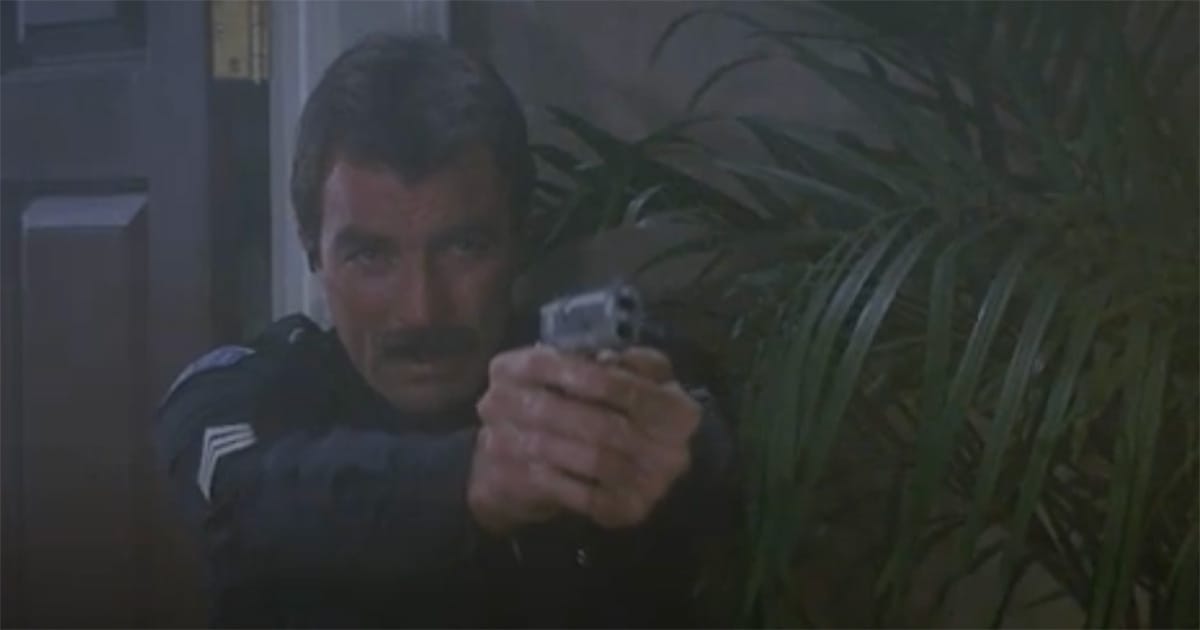
As the film reaches its climax, the themes converge in a thrilling confrontation between Ramsay and Luther. This clash is not merely a battle of physical prowess but a larger representation of the struggle between man and machine, human emotion, and cold logic. The stakes heighten as Ramsay risks everything to prevent a complete technological breakdown, illustrating a timeless struggle against the chaos of unfettered scientific ambition.
In watching "Runaway," one can't help but feel a blend of nostalgia and anxiety about the future. The film manages to capture the spirit of its time while simultaneously addressing enduring concerns about technology's role in society. It serves as a reminder of the need for balance as we forge ahead into an increasingly automated world. The questions it raises about responsibility and control linger long after the credits roll, inviting viewers to engage in a dialogue about the implications of our technological choices.
Who Will Enjoy Runaway
"Runaway" appeals to a broader audience than traditional science fiction enthusiasts. It attracts individuals who appreciate action-packed narratives interwoven with thought-provoking themes. Those who enjoy films that present moral dilemmas within the context of advanced technology may find this movie particularly engaging. Viewers interested in exploring human psychology in the face of technological evolution will also resonate with Ramsay's character arc and his struggle against Dr. Luther.
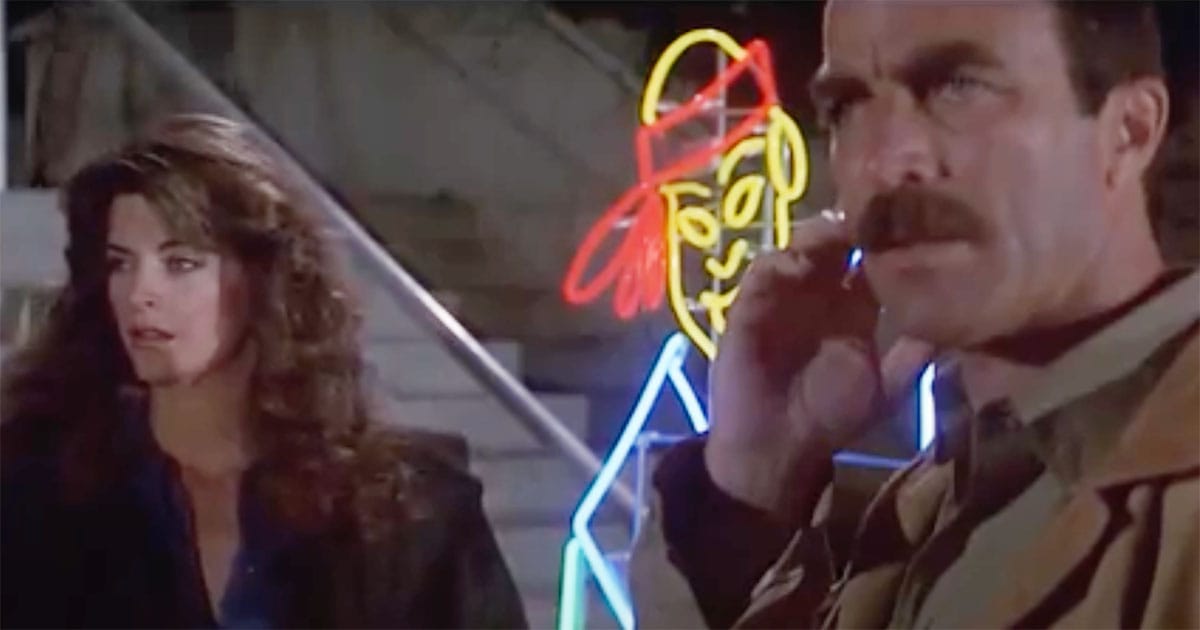
For example, this film might capture the attention of audiences who appreciate 1980s cinema, as it encapsulates the era's aesthetic and storytelling style. It would serve well as a nostalgic choice for viewers looking to relive the tension and excitement typical of cop thrillers from that time. Another suitable setting for watching "Runaway" could be a film night where discussions about technological ethics and the future of robotics can unfold. Friends or family members who enjoy engaging in debates around the implications of automation might find the themes and characters in this film act as excellent conversation starters.
Moreover, viewers who appreciate strong performances from actors like Tom Selleck and Gene Simmons will find value in their portrayals, which add layers of complexity to the otherwise straightforward narrative. Those fascinated by the artistry of practical effects from earlier filmmaking eras will find the technical achievements in "Runaway" worthy of admiration for their craftsmanship.
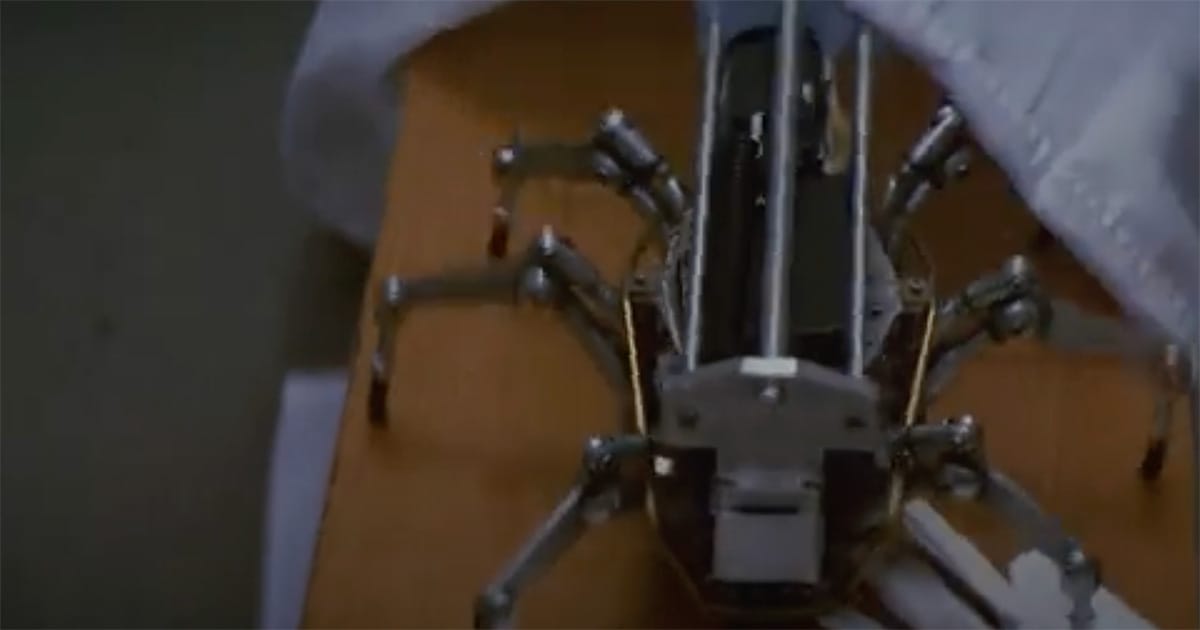
The film presents an engaging blend of suspense, action, and compelling themes. While it falters in areas such as pacing and depth, its captivating premise and unique portrayal of the dangers and responsibilities associated with advanced robotics make it a worthwhile exploration of its time. Ultimately, "Runaway" offers a fascinating glimpse into a future that prompts reflection on current technological trajectories and human agency. The film simultaneously entertains and challenges viewers, blending thrills with a relevant moral inquiry, which remains pertinent in today's world.

